Before we go into the details of how to wind a Rolex watch, let’s look at why the crown is important.
Different Rolex Winding Crowns #
To grasp the process of winding a Rolex watch, an understanding of the different Rolex winding crowns is important.
When the Rolex winding crown arrived, it became famous for its one-of-a-kind secure interface. The case protects the internal elements from damaging environmental factors. The Twinlock winding crown and Triplock winding crown secured the inside of the watch entirely.
The Twinlock winding crown was released by Rolex in 1953, ramping up the impermeability of the watch. The mechanism comprised two o-ring gaskets that ensured no water entered the case.
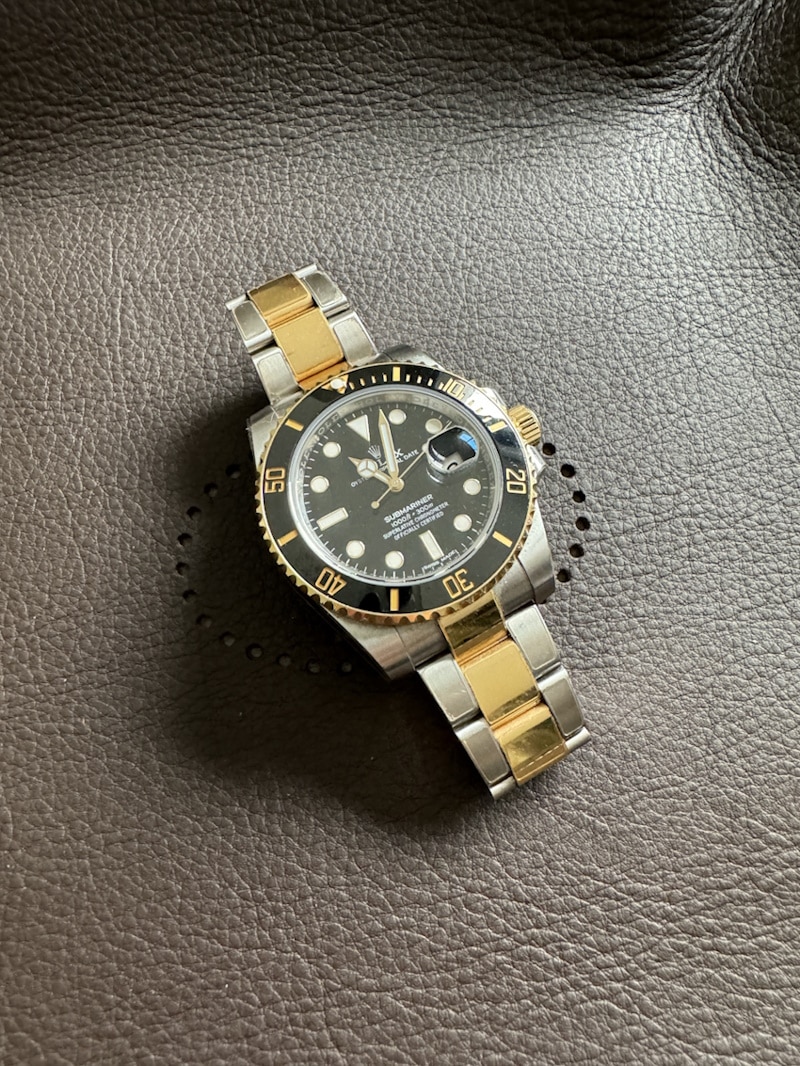
The Triplelock winding crown debuted in the Rolex Sea-Dweller in 1970 and featured three sealed zones. Twin o-ring gaskets are inside the crown tube and there’s another one under the winding crown.
Rolex Watch Winder Settings #
If you tend to swap your Rolex watches around on a daily, a watch winder is a good idea. A watch winder mimics the effect of a timepiece on the wrist. It also has a silent motor, so you’ll need to buy one with the correct Rolex watch winder settings.
The TPD number is important. It tells you how many turns a watch will do per day when fixed to the rotating cushion holder.
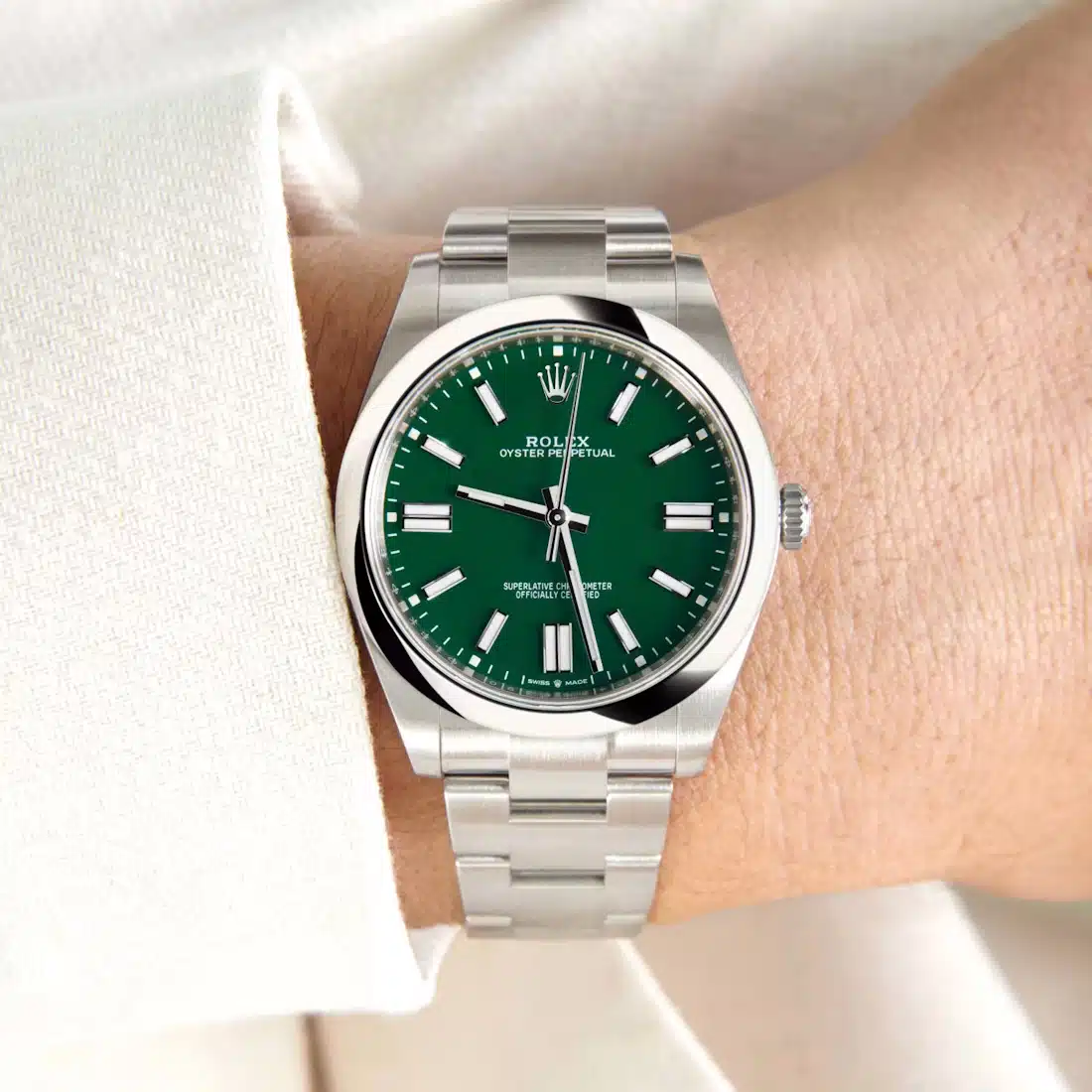
Rolex watches wind in a bidirectional way. This means your watch will wind itself, whether moving clockwise or counterclockwise. It’s important to consider this when checking your Rolex watch winder settings. In other words, look for one that rotates in both directions.
You’ll also want to choose a watch winder that operates somewhere in the region of 650 TPD (turns per day). Luckily, this is a pretty common setting on a watch winder and won’t be hard to find.
The Rolex Winding Direction #
Before winding your Rolex watch, it’s important to know about the Rolex winding direction and the crown positions.
A Rolex watch will have four crown positions numbered zero through three. Position zero is the point at which the crown sits all the way down.
To ensure waterproofness, always ensure the crown resumes this position on your Rolex watch. Position one allows you to wind the watch manually. Then, to set the date, you’ll need to move the crown to position two. Lastly, position three will set the time.
When you’re ready to wind your watch manually, you’ll need to pull the crown to position one. Then, you’ll need to turn the crown in the clockwise direction.
How To Wind a Rolex Watch #
Here are some more detailed instructions on how to effectively wind your Rolex watch using the crown.
1. Unscrew the Crown #
The first step you need to take when manually winding your Rolex is to unscrew the winding crown to the first position.
To do this, turn the crown counter-clockwise while facing the watch towards you.
Once unscrewed, the crown will pop up, indicating that it’s in the winding position.
2. Rotate the Crown #
After you’ve unscrewed the crown and are ready to wind, you can begin turning it in a clockwise direction. If the dial is facing you, the direction should be forward.
Gently rotate the crown, and in doing so, you should start to feel a gentle ticking. This is a normal part of the winding process.
Continue winding onwards with care for several rotations. You should expect to wind the crown at least 30 to 40 times before you need to stop.
3. Continue Winding #
As already mentioned, manual-winding Rolex watches wind differently from automatic watches. With an automatic watch, the winding crown will spin indefinitely, which is why the 30-40 turns are important.
With a manual winding movement, the winding will gradually become more difficult after a while, prompting you to stop. You should never force the crown beyond this point, as it can cause damage to the stem.
4. Resetting the Time and Date #
Once wound, you can pull the crown out to position two to set the date. You’ll need to set the date one day early since you haven’t set the time yet.
Turning the crown clockwise will set the date for you. Then, you’ll need to pull the crown out to position three to set the time.
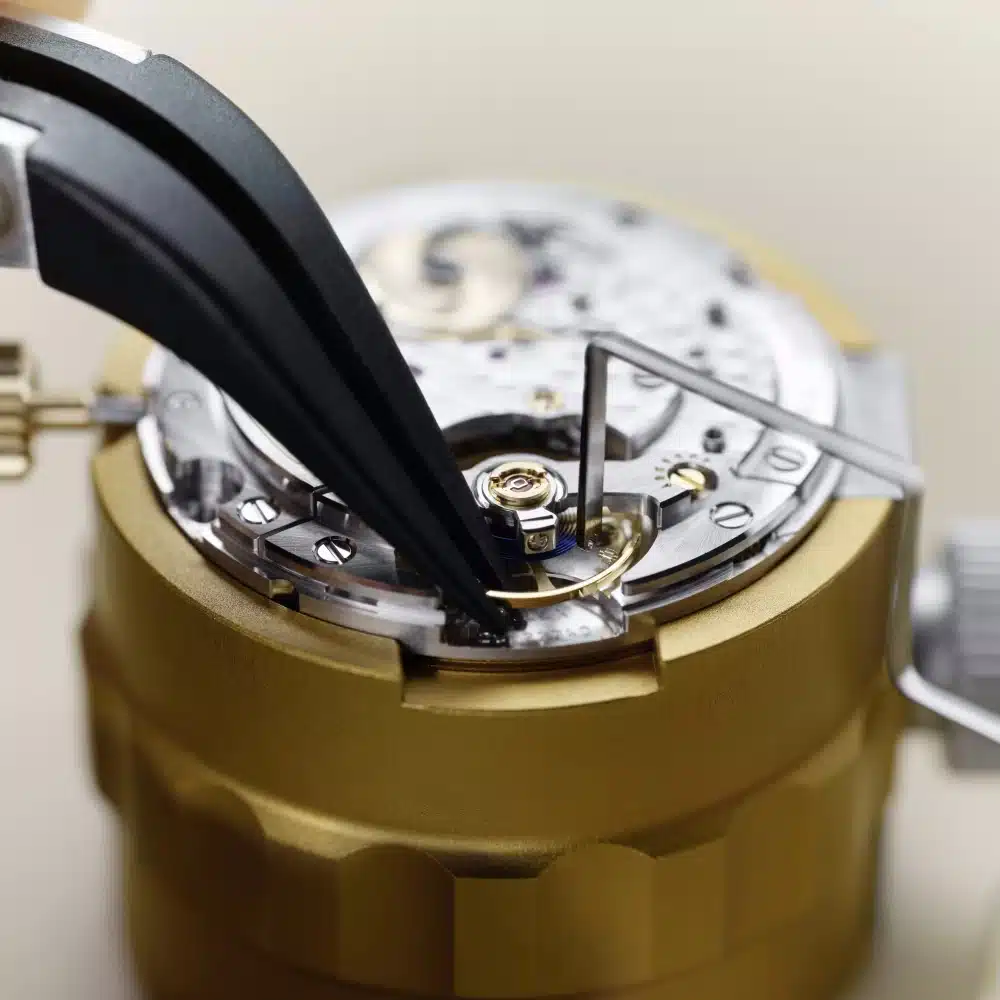
Turn the crown clockwise to start moving the hour and minute hands forward. Keep in mind that when the hour hand passes over 12 o’clock midnight, it should change the date. If you pass 12 o’clock noon, the date will remain unchanged.
5. Tighten the Winding Crown #
Once you’ve set the time and date, you can return the crown to its zero position. To do this, press the crown down and screw it in clockwise.
Ensure you secure the crown properly to ensure it’s watertight.
At this point, be careful not to overtighten the crown and damage the bezel or case.
Do You Have To Wind a Rolex? #
To answer the question “Do you have to wind a Rolex?”, we need to compare automatic and manual winding movements.
Manual winding watches wind to a full point, and then the spring slowly unwinds until it runs down. Therefore, you need to physically wind a manual winding watch every day to keep it ticking over nicely.
With automatic watches, they’ll wind themselves to the motion of your wrist. Therefore, if you take the watch off regularly, you’ll need to keep it in a watch winder. Failing that, you may need to manually wind the watch via the crown to kick it back in.
So, to answer the question simply, you don’t need to wind a Rolex watch if you wear it regularly. When you take the watch off, depending on the model and movement, its power can last up to 70 hours.
Can You Overwind a Rolex? #
If you’re only just learning how to wind a watch, you may be wondering if you can overwind a Rolex.
Unlike a manual winding watch, if you own a Rolex perpetual watch, you can’t overwind it. When you’ve successfully wound the mainspring, a type of slip gear engages. This prevents the mainspring from receiving any additional tension.
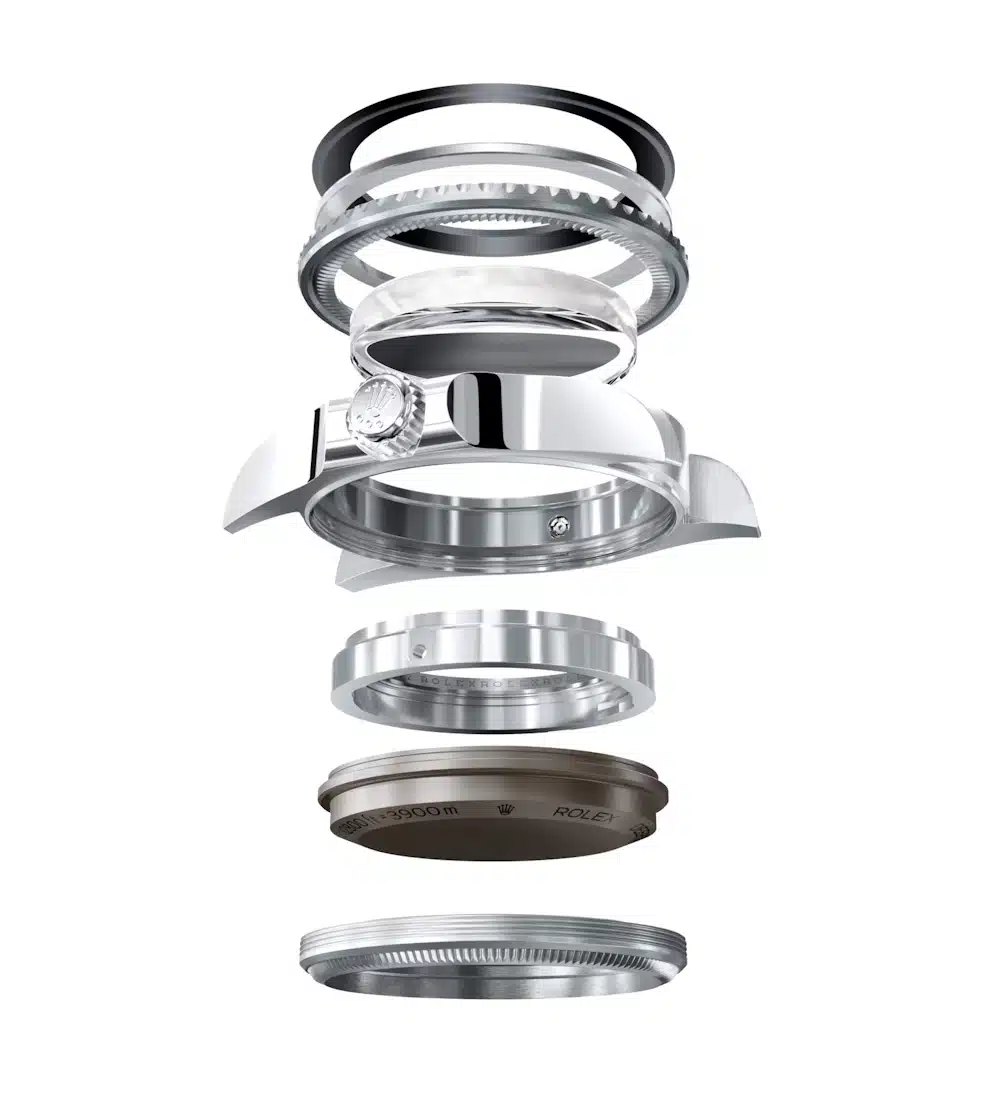
You can, however, overwind a manual winding watch. This is the reason why you should carefully tune your senses into the watch winding process with a manual wind. Overwinding a watch in this way can cause severe damage to the watch.
So, if you were worried about whether you could overwind a Rolex perpetual calendar watch, then no, you can’t.
How Often Do You Have To Wind a Rolex? #
How frequently you need to wind a Rolex watch depends on the model and how much you wear it. If you wear your watch daily, you may never need to think about winding your watch.
If you own a watch winder, you may avoid needing to manually wind the crown at all. However, if your watch runs down in power, physically winding the watch is necessary to resume its accuracy.
So, why is it important to wind a Rolex? Well, it’s simple. If you don’t wear or wind your Rolex watch regularly, your timepiece will fall victim to reduced accuracy. It will need physically winding again to resume normal working order.
How Long Can a Rolex Go Without Winding? #
“How long can a Rolex go without winding?” — that’s a good question. You don’t want to miscalculate how long you can leave it on the bedside table before it runs itself down.
After all, leaving your Rolex watch unused for extended periods can be detrimental to its lifespan. One of the main effects of leaving your Rolex watch unused is reduced accuracy.
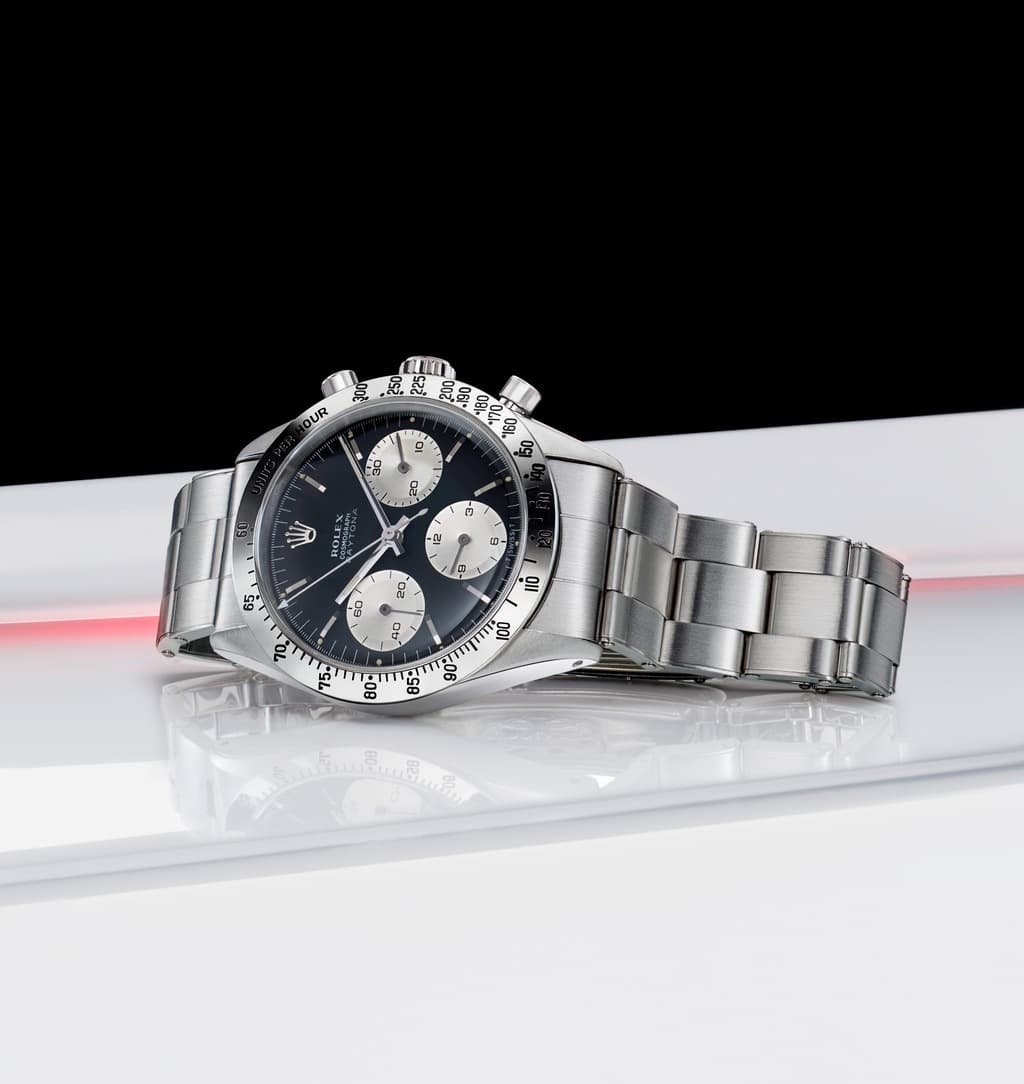
Your watch also needs proper lubrication to perform smoothly. A lack of movement in the mechanics of the watch can cause the lubricants to dry up. This increased friction can cause damage to the movement.
Picture it like running a car or keeping your joints moving as you age. A person can maintain their fitness levels by regularly keeping active. It’s the same for a watch.



